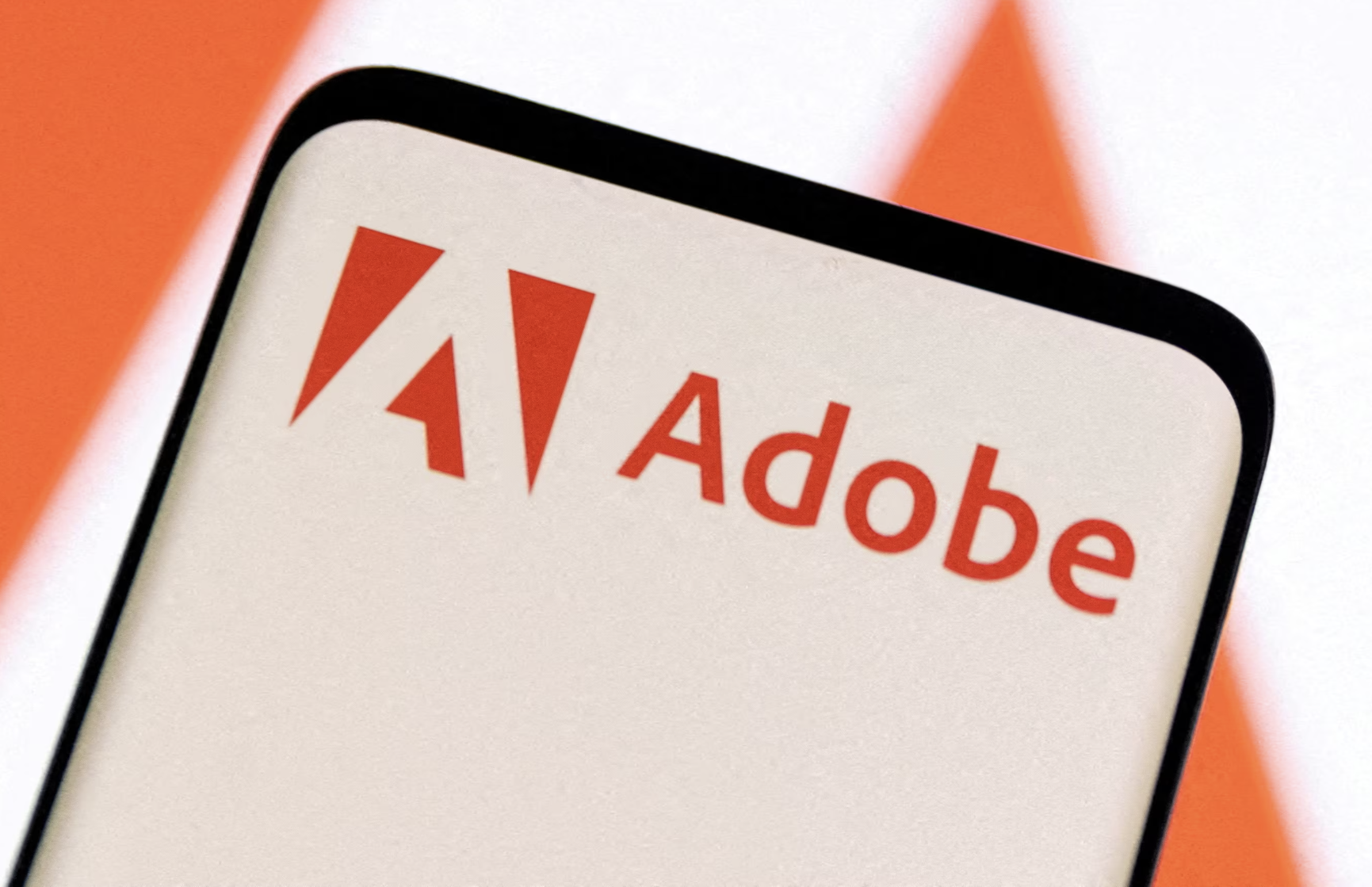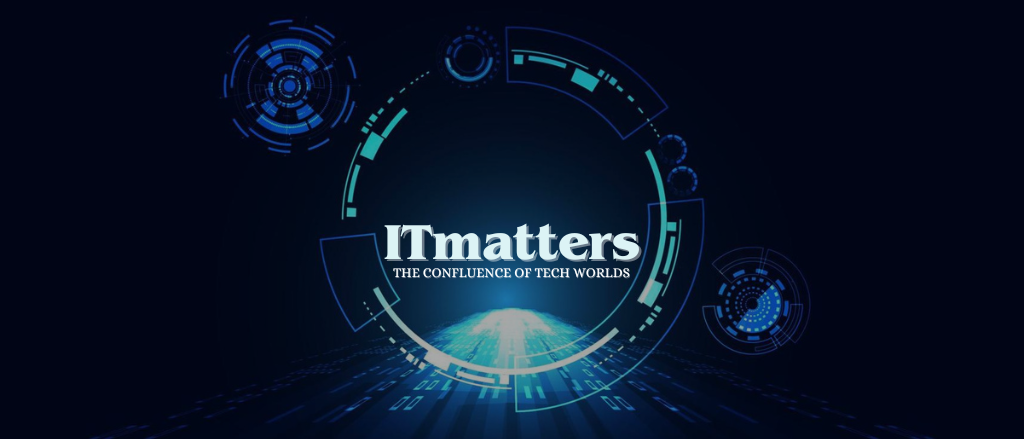
Adobe‘s Agentic AI Vision: A Creative Leap or Just Smarter Automation?
Adobe is known for shaping the digital creative world and is now stepping into a new era of intelligent software. With tools priced across different subscription models — Adobe Express starting free and Creative Cloud plans ranging from ₹1,675 to ₹4,230 per month — the company is now adding what it calls “agentic AI” to its products. But what is agentic AI, and why does it matter?
What is Agentic AI?
Agentic AI refers to software that doesn’t just respond to commands — it helps users think, act, and create. These agents are designed to understand context, suggest improvements, and even carry out tasks. Think of them as digital assistants that know what you’re working on and can help push it forward, not just follow instructions.
Unlike generic AI tools that offer one-off features, agentic AI stays with you through the workflow. Adobe’s vision? Let the AI handle repetitive stuff so users can focus on creative work.
Adobe Acrobat Gets Smarter
Adobe Acrobat is already used to open over 400 billion PDFs yearly. The new AI Assistant within Acrobat can read documents, answer questions, and provide suggestions. It’s useful for professionals and students alike. However, as of now, it lacks deeper reasoning or the ability to handle long, complex documents with nuance.
Soon, Adobe promises custom agents in Acrobat. Imagine assigning one to act like a sales researcher or academic helper. That’s where the tool could start feeling truly smart — not just reactive.
Creating Without Limits in Adobe Express
Adobe Express, popular among small businesses and content creators, is also going agentic. With the new AI Assistant, users won’t need to stick to pre-made templates. Just describe your vision, and the agent builds your flyer or social media post from scratch. You can still edit it, but it saves time.
This update could be a game changer for users who struggle with design tools. Still, beginners might need time to trust AI with their creative ideas. Also, Adobe has yet to clarify how much creative freedom users get once the AI takes over.
Photoshop Evolves, But Is It Enough?
Photoshop is introducing a new Actions Panel powered by AI. This feature will suggest edits like changing a dull sky or removing background clutter. You can apply the suggestions with one click.
But here’s the catch — it’s not completely intuitive yet. While it helps with quick fixes, Photoshop still demands user input for more refined work. In future updates, Adobe aims to make the AI an actual tutor — helping users learn the tool instead of just doing the job for them.
Premiere Pro Takes on Video Editing Woes
For video editors, Adobe Premiere Pro’s new Media Intelligence could be a lifesaver. It identifies objects, understands frame composition, and can soon assist in crafting rough cuts. Editors often struggle to start a project. Agentic AI might ease that by sorting through hours of footage and offering structured starting points.
Still, Adobe must ensure the AI doesn’t oversimplify the creative process. Storytelling is nuanced, and AI can’t fully replicate a human touch — yet.
Where Adobe Shines and Where It Needs Work?
Adobe’s approach to AI is thoughtful. It’s not just about doing things faster — it’s about helping people stay creative while the AI handles the groundwork. This direction can truly benefit solopreneurs, students, marketers, and professionals alike.
However, some tools still feel like a work in progress. Customization, transparency, and real-time learning are key areas Adobe needs to develop further. As agentic AI grows, user control must remain a top priority.
Summing Up
Adobe’s move into agentic AI shows real potential. It could redefine how people create and collaborate. But like any emerging technology, it will take time, feedback, and a few stumbles to reach its full promise. For now, it’s an exciting step forward — but not the final one.
